Like many in this field, I am a fan of Marie Kondo’s succinct thesis that everything is your house should “spark joy.” (See The Life-Changing Magic of Tidying Up). I admit, though, I’m having a really hard time applying this practice to my cutting boards.
Here’s the scenario: At one end of my kitchen, enshrined on a hand-forged brass nail, hangs a virgin Black Creek Mercantile Blackline Cutting Board. On the other end of the counter rest all the other boring cutting boards that I actually use. They do not spark joy, but I’m too afraid to mar my lovely Blackline board. What to do?
For guidance, I turned to Joshua Vogel, the very maker of my beloved Blackline board. Read on for his advice and instructions.
Above: New from Deborah Ehrlich (whom many of you know from her covet-worthy glassware), Maple Cutting Boards are handcrafted by a Rhode Island furniture maker; $165 for medium. (Also available in small and large.)
1. Prepping Your Board
Fortunately, it’s easy to maintain the look and longevity of your cutting board. But first, Josh recommends seasoning or treating your new board with several coats of protective, food-safe, mineral oil such as BCMT & Co. Board Oil; $35. (Note: Do not use plant-based oils such as olive oil as these will turn rancid.) Oil, which penetrates the wood fibers, acts as a both a protective barrier and moisturizer for the board, allowing the wood to breathe while also resisting absorption.
First, make sure your board is completely dry. Pour a liberal amount of oil onto the wood and work into the surface with a clean cloth or brush. Leave to soak in the oil for at least a couple hours or overnight. Wipe of any excess and clean with a cloth. Repeat three times.
Above: Strikingly marbled, Herriott Grace’s Favourite Board is hand-carved from oak with black grain; $265 for medium.
2. Cleaning Your Board
Once your board is oiled, all that’s needed to keep it clean is a mild soap and warm water. Never put your board into the dishwasher or apply harsh chemicals.
Above: Available at Quitokeeto, Jacob May Heirloom Cutting Boards possess a subtle geometric pattern, the result of Jacob’s unique handcrafted process; $300.
3. Maintaining Your Board
When your board starts to look dry, Josh recommends a quick reapplication of mineral oil or wax. No need to repeat the initial three coats. One should be sufficient to reinvigorate your board.
If your board has become excessively rough, you may also lightly sand it. Using a fine piece of sandpaper, gently buff the surface. Wipe clean and oil thoroughly. Remember that you are not trying to entirely remove the cutting marks, it is a cutting board after all, just smooth the surface a bit.
Above: A favorite from our NYC market, Bartleby Object’s Ludo Wood Board is made from bleached domestic walnut; $190 to $275.
4. Other Board Care Tips
Never leave food on a board too long, particularly highly acidic foods like lemons, which can damage the wood. Never soak the board in water. Keep it away from excessive heat.
Above: Fragrant and naturally antibacterial, Tree to Green Cyprus Wooden Cutting Boards at ABC Carpet & Home are handmade in Japan; $80 to $100.
Above: New to their Blackline Collection (see more at Cutting Boards to Covet: Joshua Vogel’s New Blackline Collection), Black Creek Mercantile’s Round Butcher Block is available at March; $575.
Above: Handcrafted by Tim Plunkett, the English Walnut Table Board is available from the New Craftsmen; £70 ($101).
Above: Also from our NYC market, HomeStories’ Natural Cedar Boards are handcrafted in Morocco; $35 to $70.
Above: Made in Finland from rowan or ash, these rustic Cutting Boards are available through Steven Alan; $112.
Above: Simple Round Boards by Black Creek Mercantile are available in two sizes at March; $75 to $92.










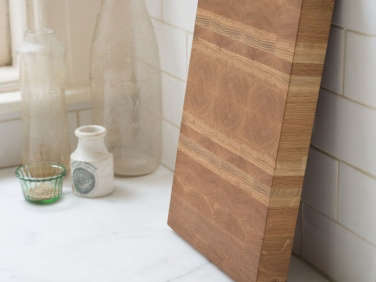
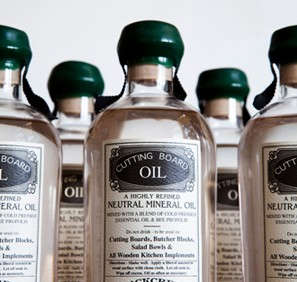
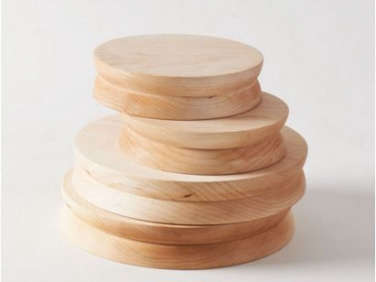
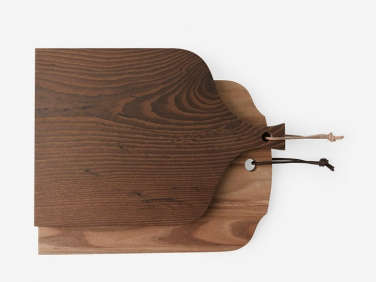
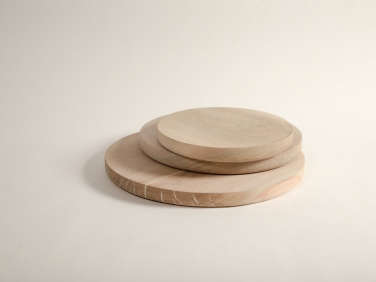
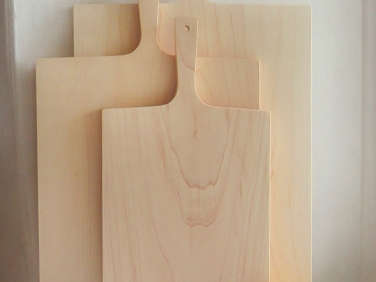
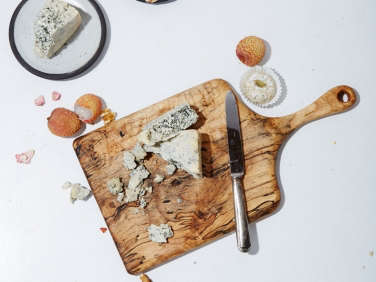
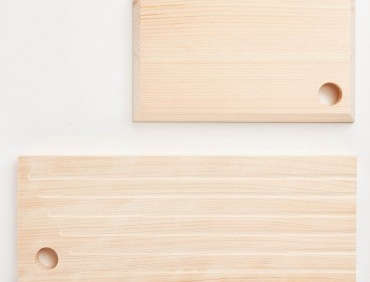
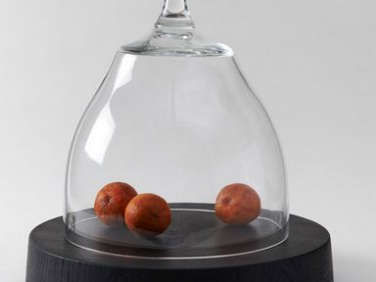
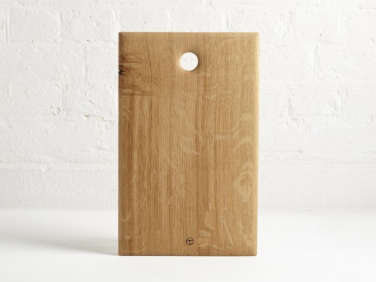

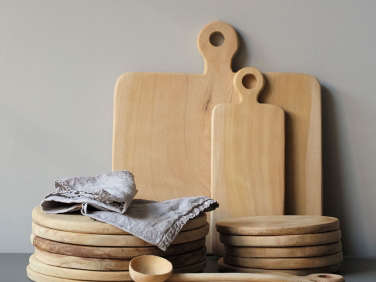
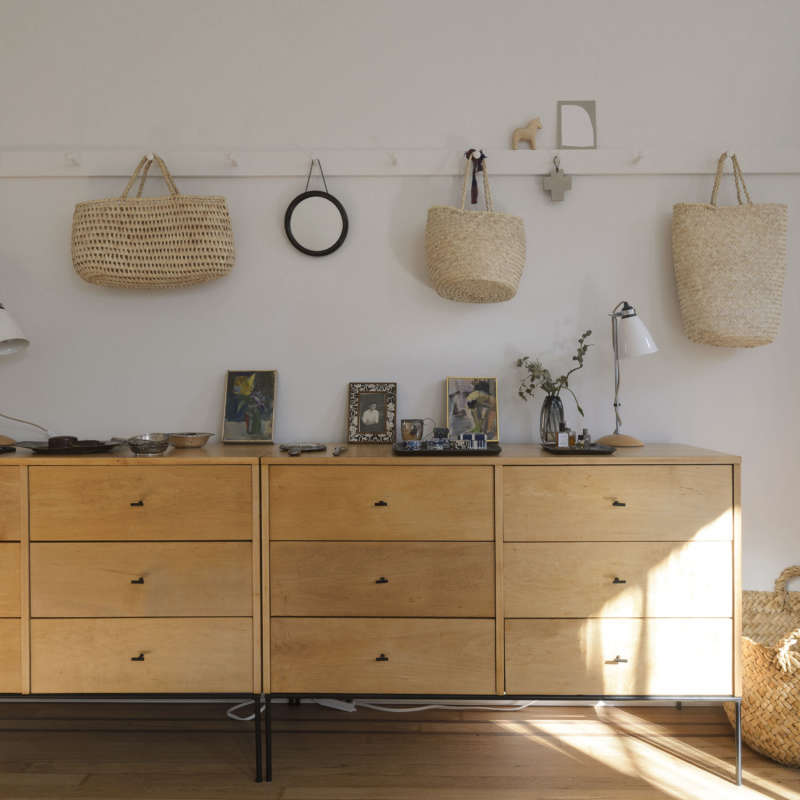
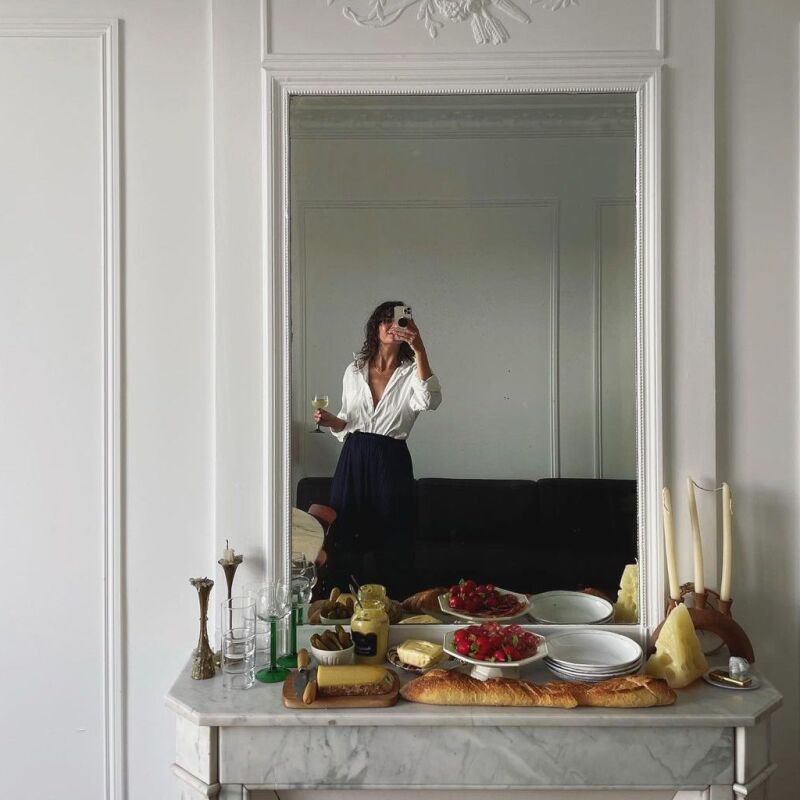
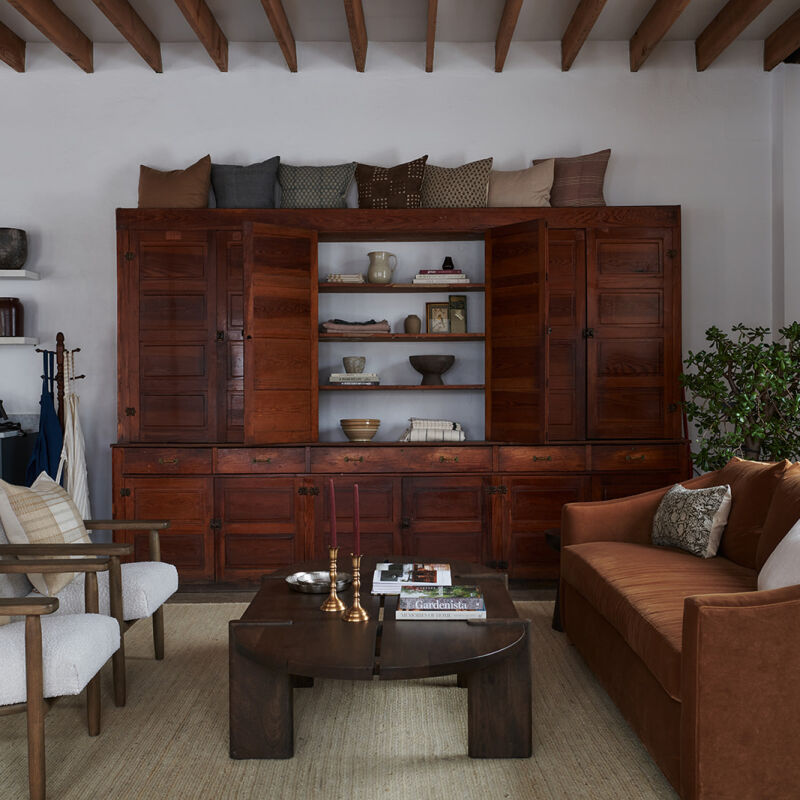

Have a Question or Comment About This Post?
Join the conversation (3)